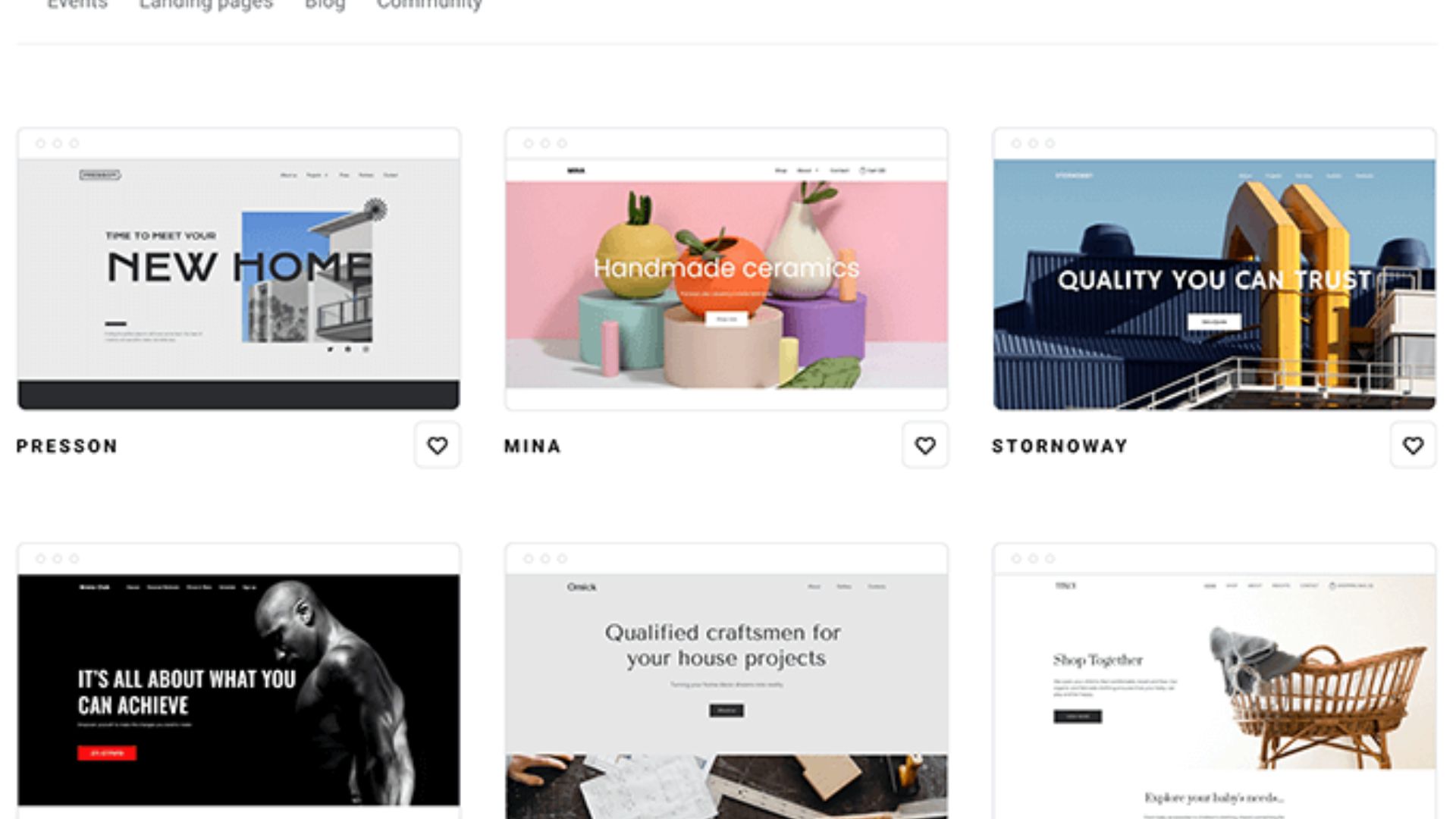Creating a great homepage design is crucial for making a positive first impression and engaging visitors on your website. Here are some key elements to consider when designing a great homepage:
- Clear and Concise Messaging: Your homepage should clearly communicate the purpose and value proposition of your website or business. Use concise and compelling headlines or taglines to capture visitors’ attention and convey the main message quickly.
- Engaging Visuals: Use high-quality and relevant visuals such as images, graphics, or videos to create visual interest and captivate visitors. Visuals should be visually appealing, representative of your brand, and support the messaging on the homepage.
- User-Focused Navigation: Make sure your website navigation is intuitive, user-friendly, and prominently displayed. Visitors should be able to find important sections or pages easily, allowing them to navigate your website without confusion or frustration.
- Call-to-Action (CTA): Include clear and compelling calls-to-action on your homepage. CTAs prompt visitors to take specific actions, such as signing up for a newsletter, starting a free trial, or making a purchase. Ensure that CTAs are visually prominent and strategically placed to maximize conversions.
- Key Information and Benefits: Highlight the key information or benefits that make your website or business unique and valuable. Use bullet points, concise paragraphs, or visually appealing icons to showcase the most important features or advantages.
- Testimonials and Social Proof: Incorporate testimonials, reviews, or social proof to build trust and credibility. Displaying positive feedback from customers, awards, or the number of satisfied users can help establish trust and persuade visitors to take further action.
- Responsive Design: Ensure your homepage design is mobile-responsive and optimized for various screen sizes. With the increasing use of mobile devices, it’s crucial to provide a seamless user experience across all devices.
- Visual Hierarchy and White Space: Create a balanced visual hierarchy by strategically organizing elements on the page. Use white space to provide clarity, separate different sections, and guide visitors’ attention to the most important content.
- Performance Optimization: Optimize your homepage for fast loading times. Image compression, minifying code, and caching techniques are some measures that can improve performance and prevent users from leaving due to slow loading speeds.
- Analytics and Iteration: Implement website analytics tools to measure user behavior and engagement on your homepage. Analyze user data and periodically iterate on your design, content, and CTAs to continuously improve your homepage’s effectiveness.
Remember, your homepage is like a virtual front door to your website. It should make a strong first impression, provide a clear understanding of what your website offers, and guide visitors towards further exploring your content or taking desired actions.










